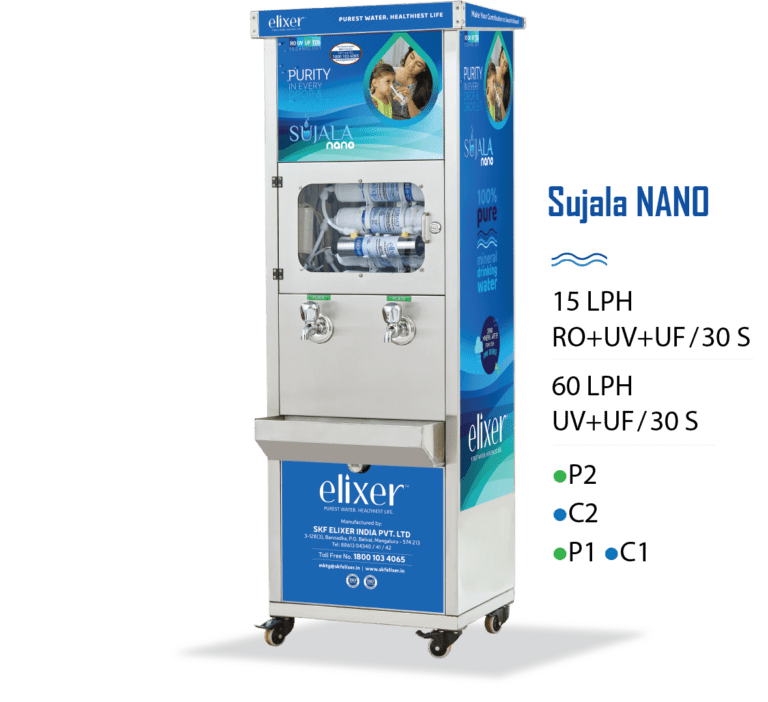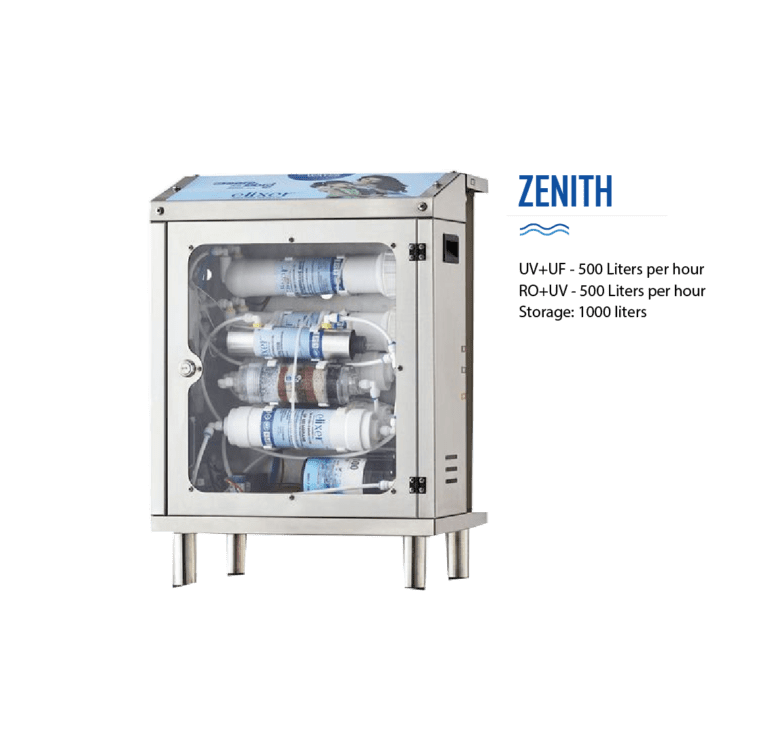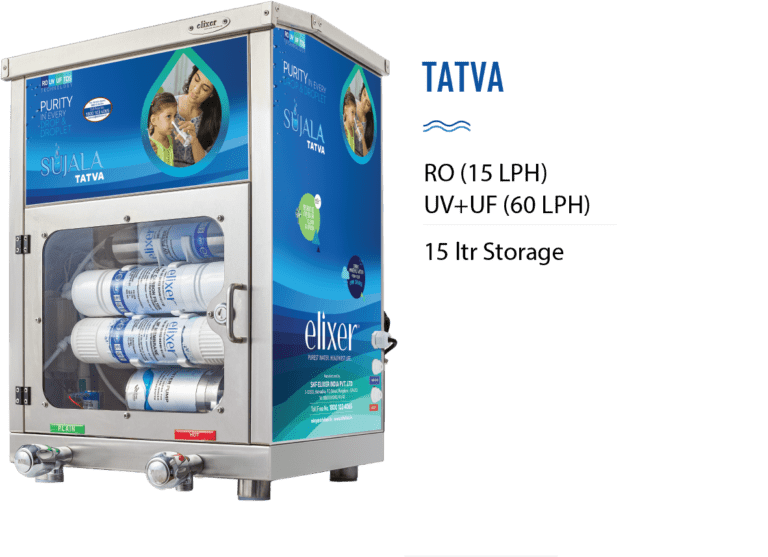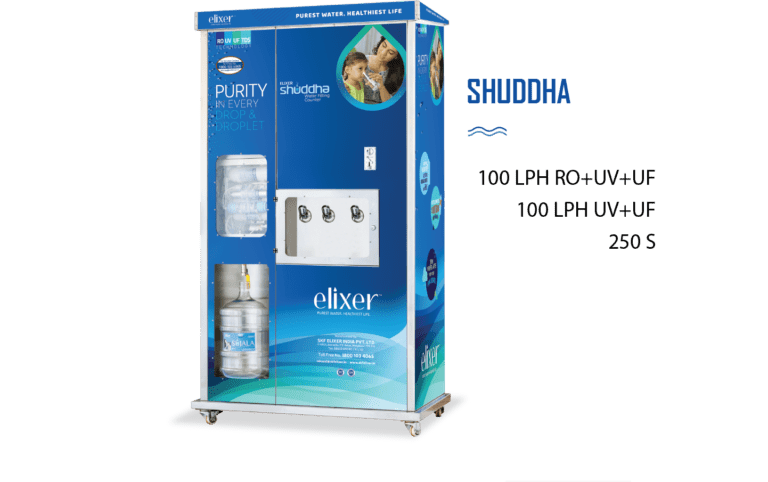Table of Contents
In the vibrant mosaic of India’s urban and rural landscapes, where water is both a necessity and a challenge, the demand for clean, safe drinking water is skyrocketing. With people facing water scarcity and 40% of municipal supplies contaminated with high TDS (500-2,000 ppm), the mineral water business is emerging as a lucrative opportunity.
An RO mineral water plant produces BIS-compliant bottled water, catering to households, offices, and public spaces, generating profits. For entrepreneurs, small business owners, and investors, a mineral water plant setup offers a sustainable venture in a market growing at 20% CAGR.
This blog explores is starting a mineral water plant a good business idea, details the ROI from investing in RO water purification plants, and provides a roadmap for water plant investment with SKF Elixer’s advanced solutions.
The Rising Demand for Bottled Mineral Water in India
India’s bottled water market, valued at ₹20,000 crore in 2024, is driven by increasing health awareness and unreliable tap water quality. Households consume 10-50 litres daily, while commercial spaces like hotels and offices use 500-5,000 litres, creating a steady demand for mineral water. However, high setup costs and regulatory compliance (BIS, FSSAI) pose challenges.
A well-planned RO mineral water plant produces 1,000-10,000 litres/day, yielding after costs. By investing in water plant solutions, entrepreneurs can tap into this demand, saving ₹50,000-₹2 lakh yearly on health-related expenses while aligning with India’s Swachh Bharat Mission. Let’s uncover the profit margin in RO mineral water business and why it’s a smart investment.
How an RO Mineral Water Plant Works
An RO mineral water plant employs advanced purification to produce potable water:
- Pre-Filtration: Sediment and carbon filters (changed every 3-6 months) remove dirt, sand, and odors, protecting the RO membrane.
- Reverse Osmosis (RO): Forces water through a membrane, removing 95-99% of TDS, heavy metals, and pathogens, achieving BIS standards (TDS 50-150 ppm).
- Mineral Dosing: Adds essential minerals like calcium and magnesium for taste and health, ensuring compliance with FSSAI.
- UV Disinfection: Eliminates 99.9% of remaining bacteria.
- Bottling and Packaging: Automated systems fill 250 ml-20 litre bottles, producing 1,000-10,000 bottles/day.
Costs involved in setting up a mineral water plant vary by scale
- Equipment: RO system, filters, and bottling units.
- Infrastructure: 100-500 sq. feet space.
- Licenses: BIS, FSSAI, and pollution board approvals.
- Utilities: Power and water sourcing.
- Labor: 5-10 staff.
- Packaging: Bottles and labels.
Profit margin in RO mineral water business is compelling
- Revenue: Selling 1,000 litres/day at ₹20-50/litre yields ₹20,000-₹50,000 daily.
- Operating Costs: ₹2-10/litre (purification, packaging, labor), leaving ₹5-30/litre profit.
- Net Profit: 50-60% margin for a 1,000-litre/hour plant.
These margins highlight the ROI from investing in RO water purification plants, often achieved in a year.
Long-term benefits of owning a water bottling plant include
- High ROI: A ₹25-50 lakh plant can yield ROI in a year.
- Market Growth: 20% CAGR in bottled water demand ensures sustained revenue.
- Sustainability: Reduces plastic waste via bulk supply (20-litre jars) and wastewater recycling systems, saving ₹50,000-₹2 lakh yearly.
- Brand Value: BIS-compliant mineral water builds trust, boosting sales by 10-20%.
- Scalability: Expand from 1,000 to 10,000 litres/day with additional ₹10-50 lakh.
Challenges and Solutions
Starting an RO mineral water plant faces hurdles:
- High Initial Costs: ₹25-100 lakh for setup strains budgets.
- Solution: Start with 500-1,000 litre/hour plants and scale up.
- Regulatory Compliance: BIS/FSSAI approvals take time and cost ₹50,000-₹2 lakh.
- Solution: Partner with consultants for faster approvals.
- Market Competition: Established brands dominate retail.
- Solution: Target bulk supply (offices, events) and local markets, saving ₹50,000-₹2 lakh in marketing.
Steps to Start an RO Mineral Water Plant
Ready for water plant investment? Follow these steps:
- Market Research: Identify demand (households, offices, events) for mineral water.
- Plan Capacity: Choose 500-10,000 litre/day RO plant based on demand.
- Budget: Allocate ₹25-100 lakh for setup, ₹5-20 lakh yearly maintenance.
- Secure Licenses: Obtain BIS, FSSAI, and pollution board approvals.
- Select Vendor: Partner with BIS-certified SKF Elixer for RO mineral water plant.
- Market Product: Use local ads and B2B platforms to target bulk buyers.
Conclusion
Investing in an RO mineral water plant is a profitable venture, with profit margin in RO mineral water business reaching 50-60% and ROI from investing in RO water purification plants achieved in under a year if done right.
Is starting a mineral water plant a good business idea? Absolutely, with India’s bottled water market growing at 20% CAGR.
SKF Elixer India Pvt. Ltd. offers advanced RO plants, like Tatva and Summit, ensuring BIS-compliant mineral water. Contact SKF Elixer today to capitalize on the long-term benefits of owning a water bottling plant and thrive in the water business.
FAQs
Q1: Is starting a mineral water plant a good business idea?
Yes, with 20% CAGR in demand, 50-60% profit margins, and ₹30-90 lakh yearly earnings for a 1,000-litre/hour RO mineral water plant.
Q2: What is the ROI from investing in RO water purification plants?
A ₹30-70 lakh RO plant yields ₹30-90 lakh yearly, achieving ROI in 2-3 years.
Q3: What are the long-term benefits of owning a water bottling plant?
High ROI, market growth, sustainability, brand value, and scalability, earning ₹50 lakh-₹5 crore yearly.
Q4: What are the costs involved in setting up a mineral water plant?
₹25-200 lakh for equipment, infrastructure, licenses, utilities, labor, and packaging, with ₹5-20 lakh yearly maintenance.
Q5: What is the profit margin in RO mineral water business?
50-60%, with ₹5-25 profit per litre, yielding ₹30-50 lakh yearly for a 1,000-litre/hour water plant.
Good reads are meant to be shared









